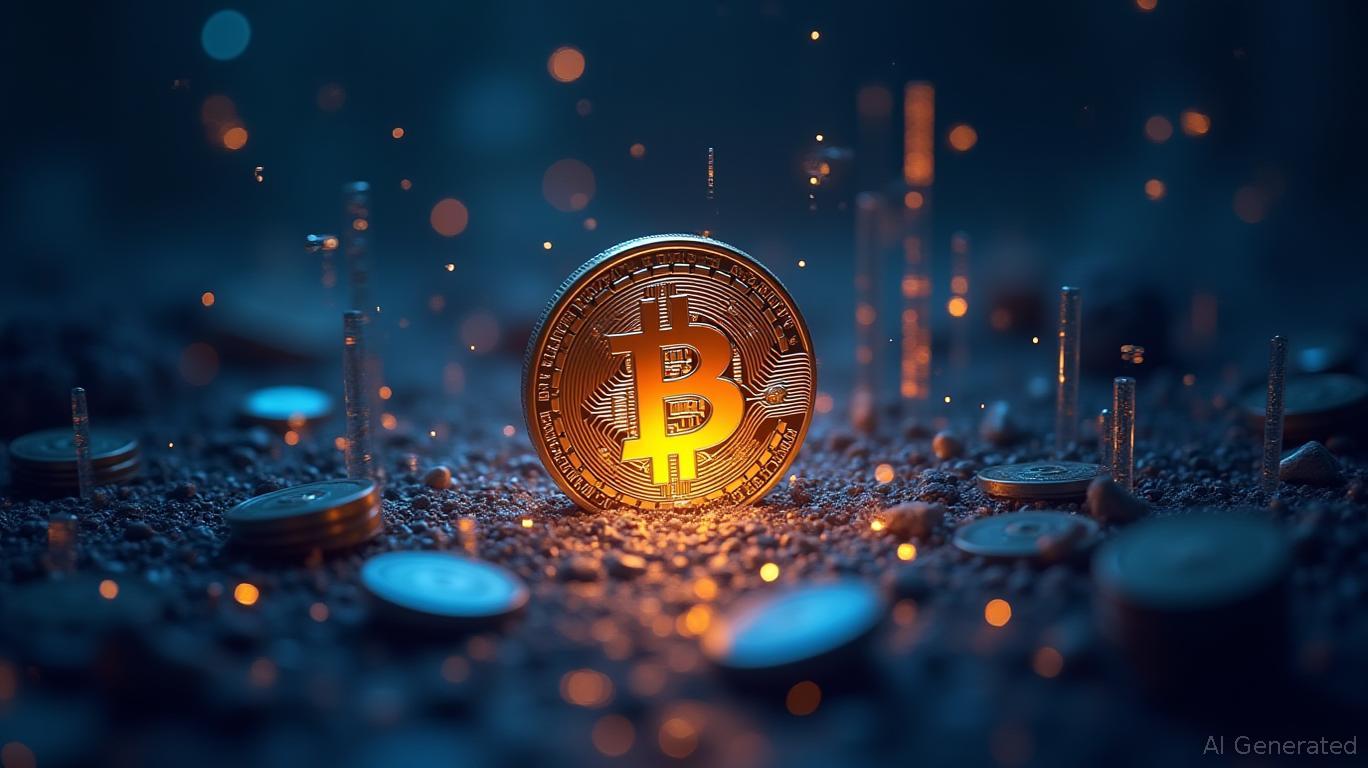AInvest Newsletter
Daily stocks & crypto headlines, free to your inbox
Several Layer 1 (L1) blockchains are currently reassessing their token inflation strategies to mitigate sell-side pressure on their tokens. This shift is driven by the recognition that excessive inflation without corresponding usage is unsustainable. NEAR L1, for instance, recently proposed halving its annual inflation rate from 5% to 2.5%, citing the lack of fee burns as a primary concern. The proposal by HOT DAO underscores the need for a more balanced approach to token issuance.
Celestia, another L1 blockchain, is considering a significant overhaul of its consensus mechanism from proof-of-stake to "proof-of-governance." This proposal aims to phase out liquid staking, handpick validators through off-chain governance, and pay them a flat rate. If implemented, TIA issuance would decrease dramatically from 5% to 0.25%. This move reflects a broader trend among L1s to reduce inflation and enhance the value of their tokens.
Solana also attempted to cut its SOL inflation through the SIMD-228 proposal, which aimed to reduce the inflation rate from ~4.4% to ~1% per annum. However, this proposal was unsuccessful. An alternative proposal, SIMD-279, has been put forward by Galaxy to reduce SOL inflation, but it has not gained significant traction.
, on the other hand, successfully halved its block rewards to validators, increasing its deflationary rate to ~1.29%.Ethereum, which transitioned to proof-of-stake consensus as part of the Merge upgrade in 2022, has already significantly reduced its inflation rate by about ~90%. This move is equivalent to three
halvings and has positioned as a more deflationary asset. Chain and are also focusing on reducing their total supply through token burning mechanisms. Avalanche burns 100% of C-Chain fees, offsetting about 16.4% of AVAX issuance in the last month. BNB Chain conducts quarterly burns, with the last event burning ~1.6 million BNB ($916 million) and another 1.6 million BNB slated for the next quarter.Bitcoin, with its famous block-subsidy halving every ~four years and an annual issuance rate of ~0.85%, remains a unique case. Unlike other L1s, Bitcoin does not have a protocol mechanism for burning BTC, relying instead on its halving events to control inflation. This approach has positioned Bitcoin as a deflationary asset, immune to the economic pressures faced by other L1s.
In summary, the trend among L1 blockchains to reduce inflation and enhance token value is driven by the need for sustainability and economic stability. While some proposals have been successful, others are still in the works, reflecting the ongoing evolution of the blockchain ecosystem. As L1s continue to adapt their inflation strategies, the competitive landscape of the blockchain market is likely to shift, with those that successfully balance inflation and usage emerging as leaders in the space.

Daily stocks & crypto headlines, free to your inbox
By continuing, I agree to the
Market Data Terms of Service and Privacy Statement
Comments
No comments yet